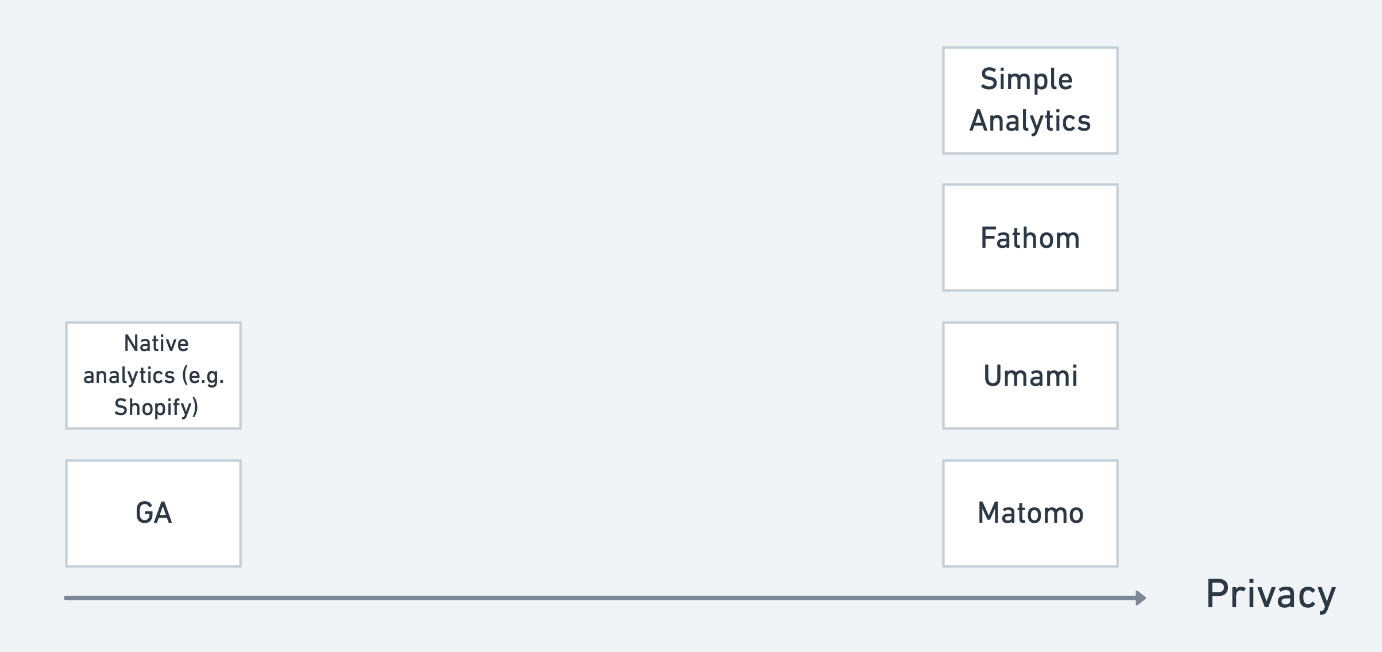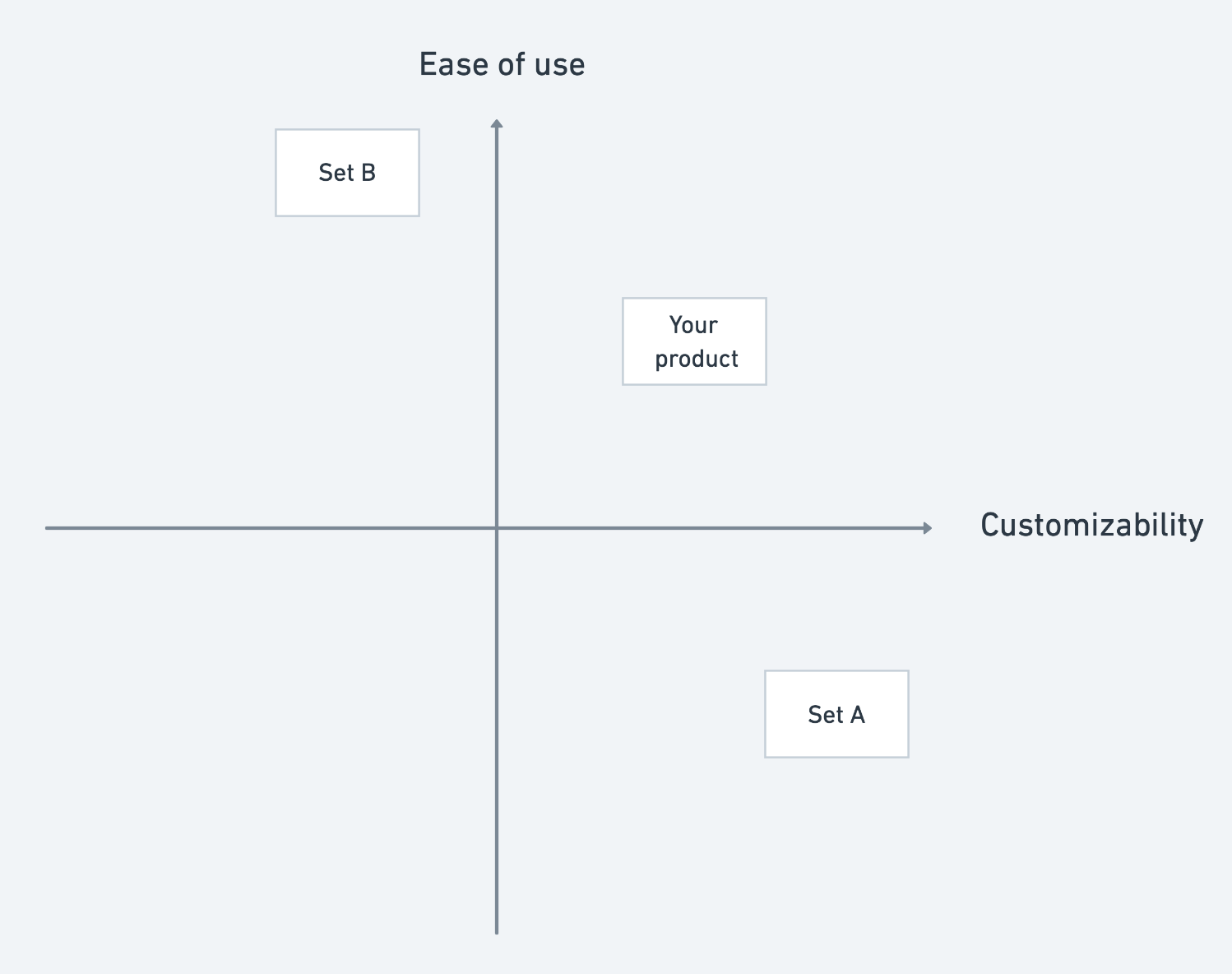marketing
The 2-Step Marketing Framework
Written on 02 April 2021
A common marketing mistake that many people make is to jump right into brainstorming tactics. The thinking is usually something like this:
I'll write content, tweet, create YouTube videos, etc. If one of them is getting me results, I'll double on that. Otherwise, I'll try more things.
Six months go by, and they still don't see any results. The idea of experimenting and doubling down on what's working is not wrong. The mistake is to have not done proper research and planning before brainstorming and experimenting. What you need is a strategy, not a bunch of incoherent tactics.
What should you do? The boring stuff that most people skip.
1. Know your customers
Understanding your customer is a very common piece of advice but few people truly try to do it. Many people like to use their intuition, especially if they are marketing a product that also solves their own needs. I know my customer because I am my own customer. If you do, that's great. But having a deeper understanding of your customers can help you prioritize and pick your marketing strategy and tactics later in the process.
I like to use 5W1H to help me understand the target audience better:
- Who are they?
- What are they trying to achieve?
- How do they solve their problem now?
- When do they realize they need your product?
- Why do they need your product?
- Where do they hang out?
Who: If your customers are developers, you will want to market to them differently from marketing to non-technical people. For example, you might want to use more technical terms in your messaging and provide good documentation. You'll likely realize you have a few groups of customers and not just one distinct group. For small teams and young startups, it's usually better to focus on one so that you are not spreading yourself too thin. My favorite example is how ConvertKit chose to focus on email marketing for professional bloggers.
What, How, and When: People don't suddenly want to buy something. They usually go through a journey. For example, they experience a problem regularly at work. They try to find temporary workarounds but these tricks don't work after a while. They finally start researching for a tool to help them, or they talk to a friend, who recommends them a particular tool. By understanding this journey, you can find points in the journey to insert your brand by providing valuable content, advertising, or encouraging referrals.
Why: You likely have competitors with a similar product. You need to have a good reason for why people should choose yours over the rest. I'll share more in the next step.
Where: If your customers are employees of big corporations and enterprises, they might not be hanging out on TikTok to look for a new tool for their problems. (Well, they might be on TikTok but they won't be in the mood to solve "work" problems.) Perhaps you should meet them at conferences and tradeshows.
2. Find your unique position
Most companies compare themselves with their competitors in one dimension. We are faster, or we are easier to use, or we have better integrations. But it is hard to stand out on just one dimension. Let's take a look at the web analytics space as an example.
A recent trend is the rise of privacy-focused web analytics. On the 'Privacy' dimension, these companies position themselves away from the incumbents, such as Google Analytics.

But privacy-focused web analytics companies need to differentiate themselves from one another. One way is to find another dimension that positions them in a unique and relevant corner of the market. For example, Umami states on its website, "The goal is to provide you with a friendlier, privacy-focused alternative to Google Analytics and a free, open-sourced alternative to paid solutions."
If we add price as the second dimension, the market "opens up" and Umami finds itself a unique corner.

Or if we add enterprise-level reliability as the second dimension, the market might look like this:

The goal is to find two dimensions that your customers value and that will put you in a unique corner. And this is why it's helpful to do the step above first.
You could add more dimensions to help your company stand out but I generally find two dimensions to be optimal because it's sufficient to help most companies find their unique corner and it's not too much for potential customers to remember. Imagine having to say "we are easier to use than Set A of products, cheaper than Set B of products, more customizable than Set C of products..."
It might not always be possible to find two dimensions that put your company in the top-right corner. But that's fine. What you want is to be relatively better than your competitors in two ways that your customers value. For example, your product might not be as customizable as Set A of products but it is much easier to implement; it might not be as easy to implement as Set B of products but it is more customizable. If your customers value ease of implementation with some customizability more than easy implementation but no customizability or full customizability but hard implementation, you found a great spot.

Brainstorm time
Now you are more ready to brainstorm. You should be brainstorming and prioritizing ideas according to the "answers" from the two steps above. This will help ensure your marketing strategy is more coherent and effective than simply picking random ideas to try. Creating YouTube videos might sound like a good idea but if your customers don't watch videos about your problem space, it will not be a good use of your time.
One final thing I would consider when ranking marketing ideas is the company's strengths. For example, Buffer has a high domain authority and we can rank for keywords more easily than most, so it makes sense for us to write content to get organic traffic. But that shouldn't limit your marketing strategy. If the best way to reach your target customer is through, say, podcast but no one in your team is good at it, then you should consider hiring, outsourcing, advertising on podcasts, or improving your podcasting skills.
What do you think about this framework? Let me know on Twitter, especially if you think it can be made better.